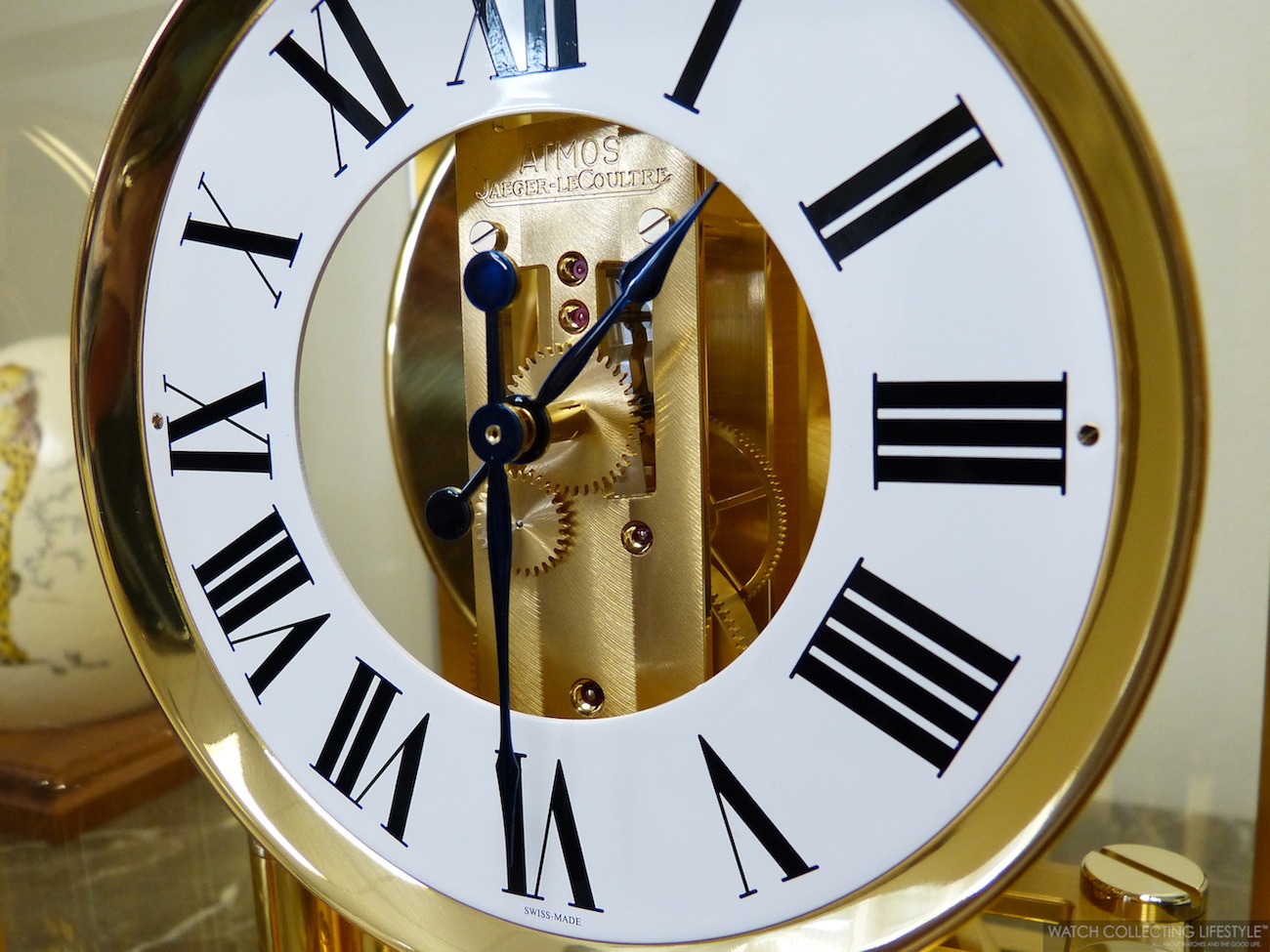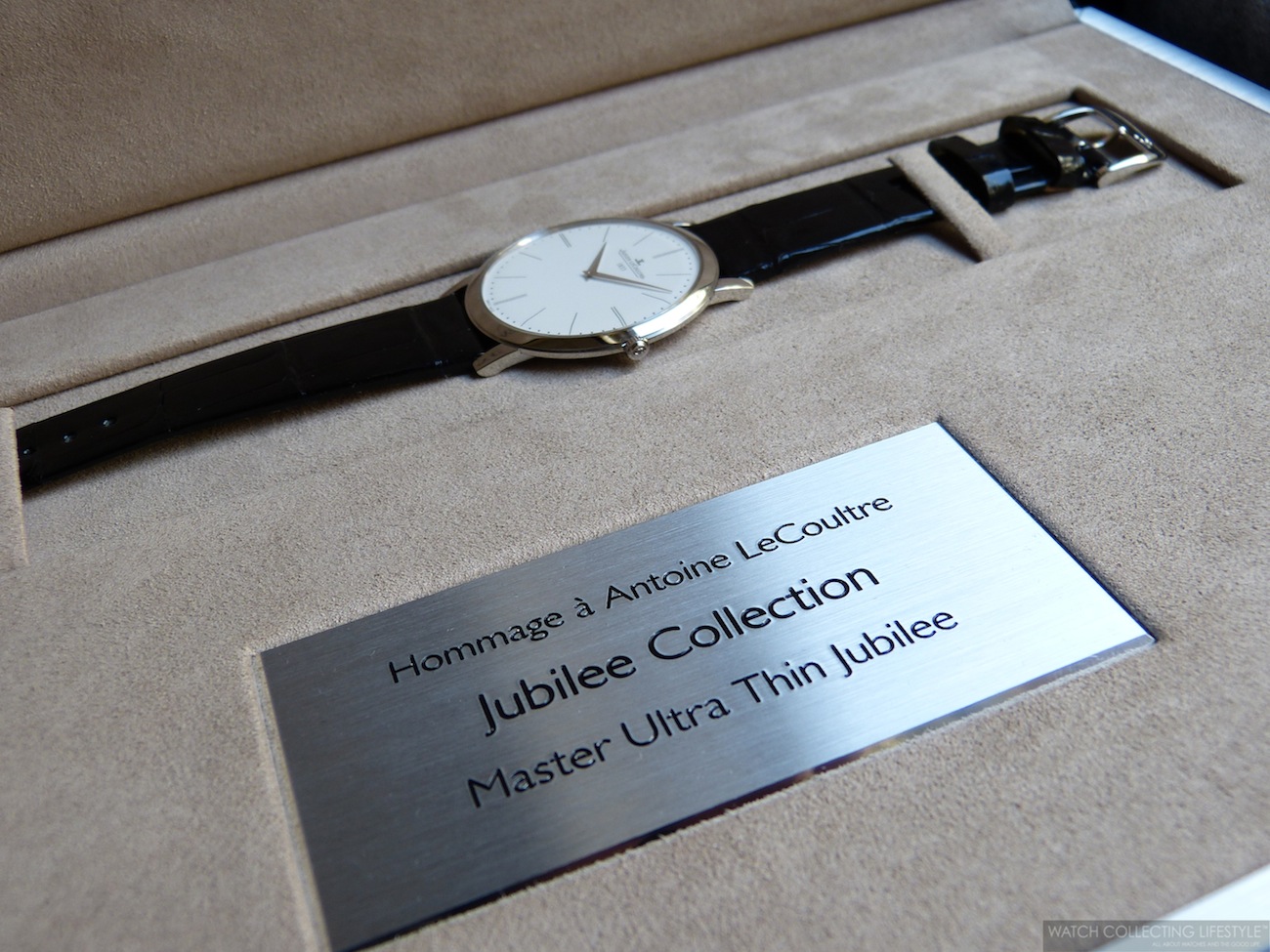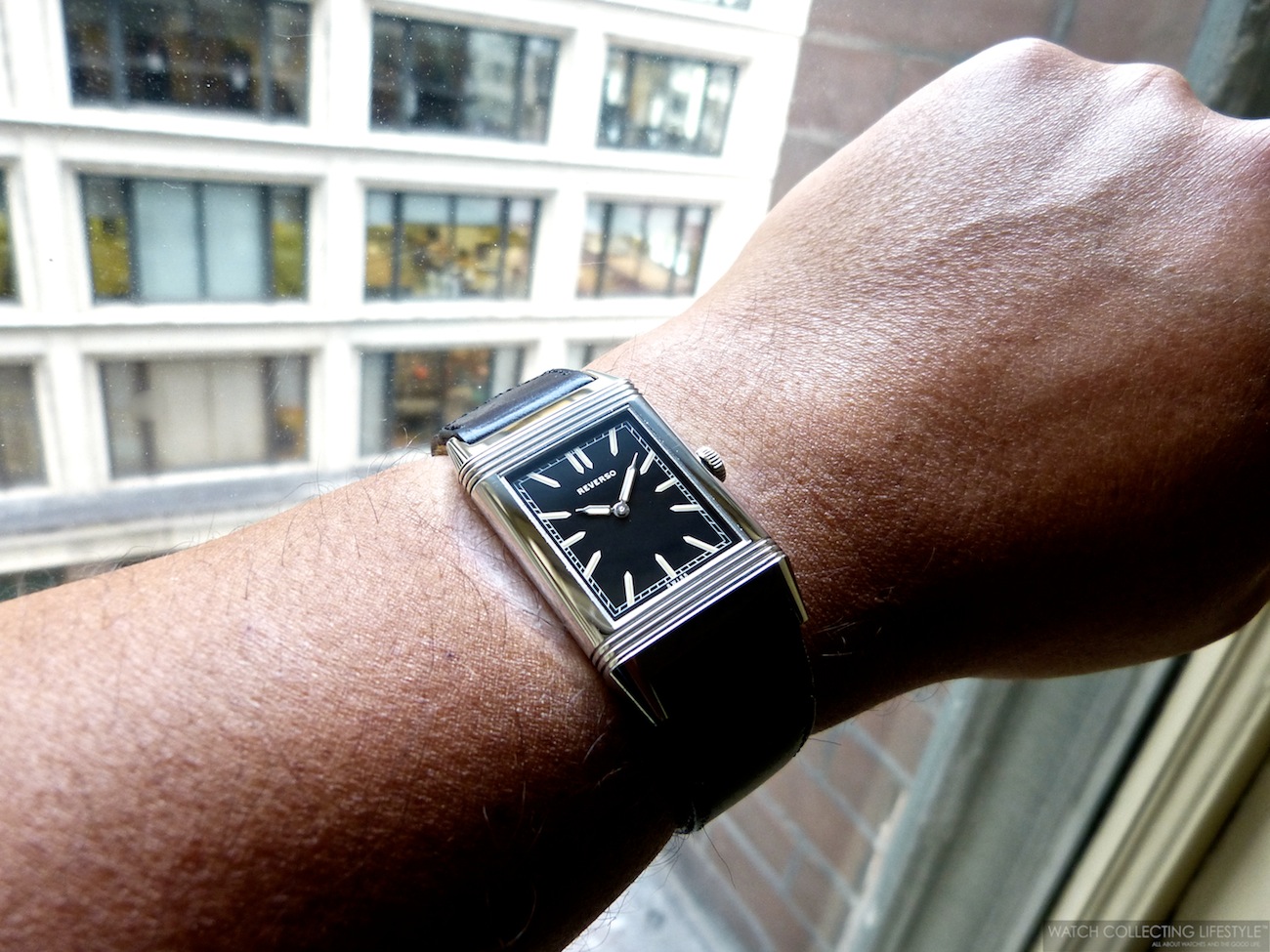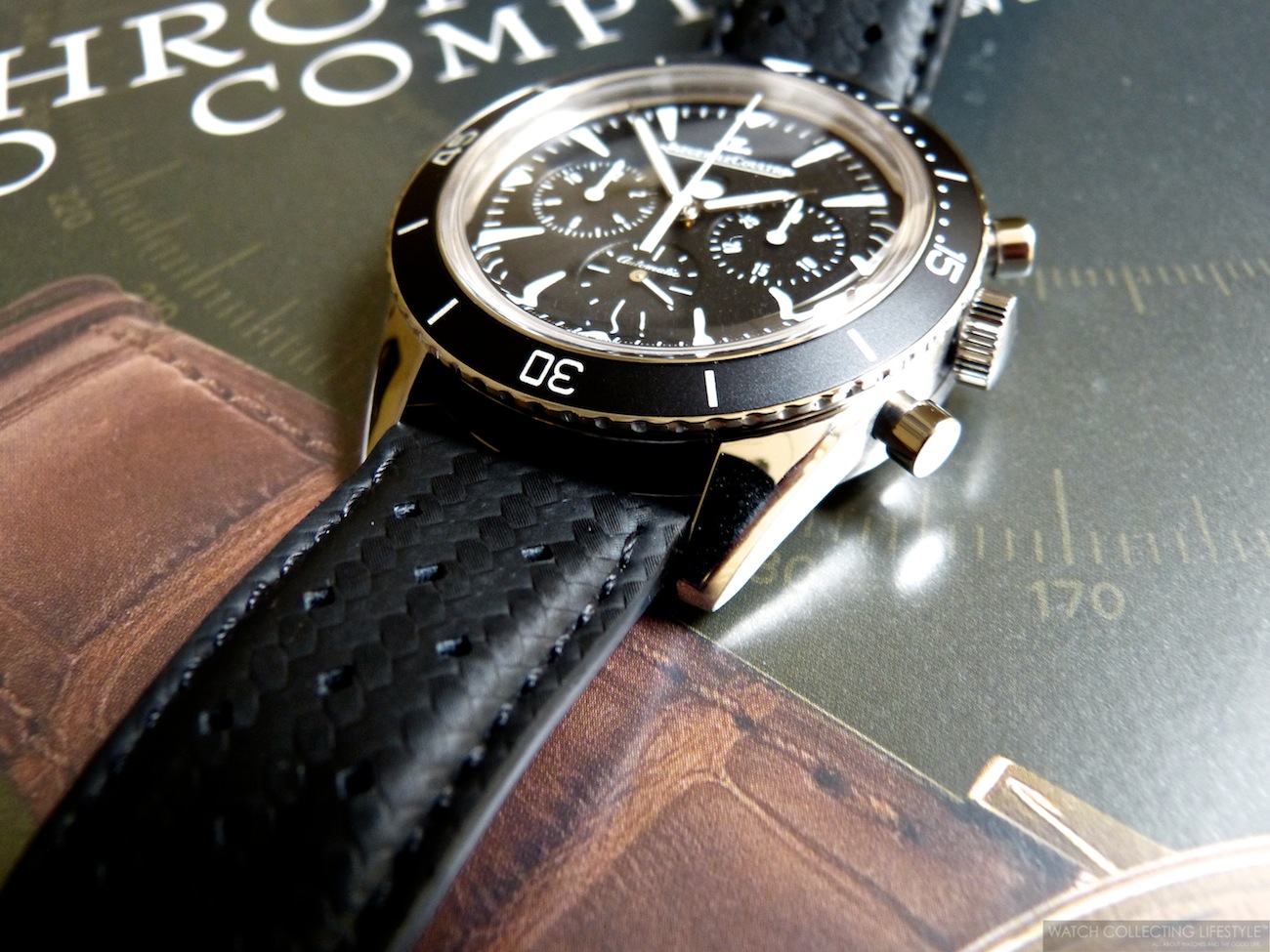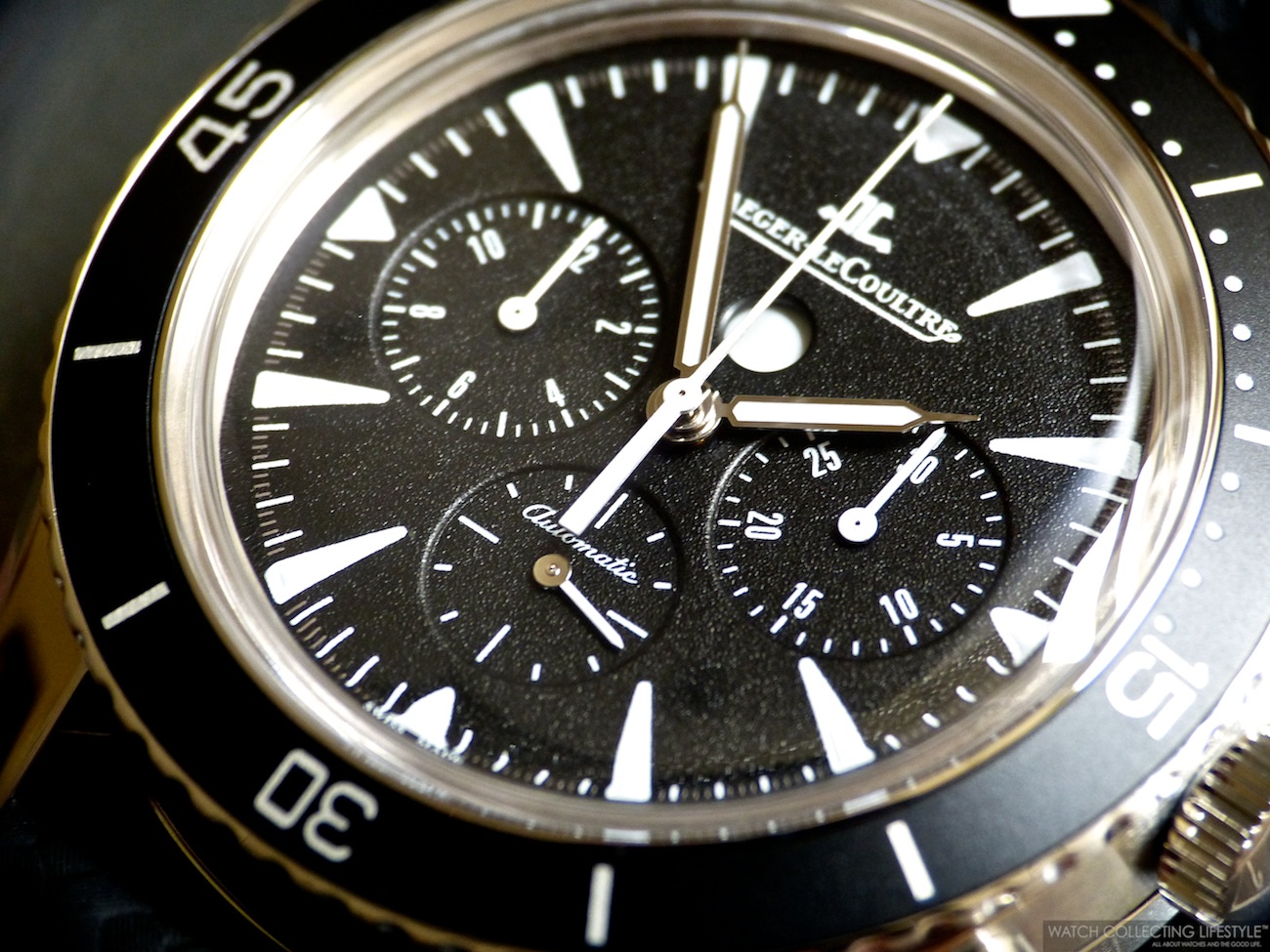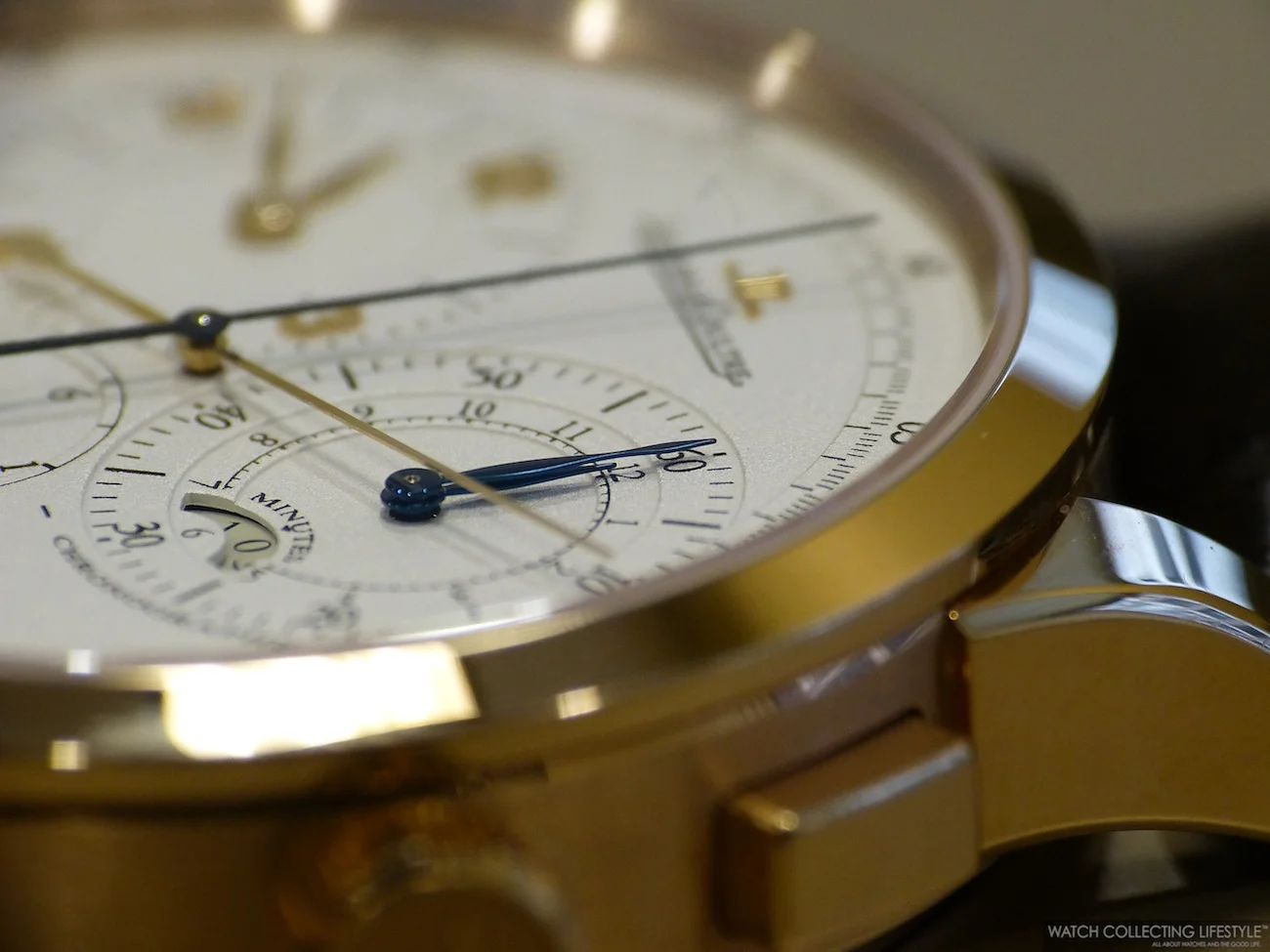Since 2008, Jaeger-LeCoultre has been committed alongside the UNESCO and the International Herald Tribune to raise worldwide public awareness regarding the conservation challenges and protection of marine sites.
Jaeger-LeCoultre cooperates with the International Herald Tribune in bringing readers’ attention to the eight annually selected marine sites —all of which appear on the UNESCO World Heritage List. Each year, the manufacture also provides immediate financial backing for UNESCO through the auction of a watch.
Here's the list of all auctions to date:
2009 – Prototype N°1 of the Master Compressor Extreme W-Alarm Tides of Time raised £13,540 for the site Tubbataha, Philipines
2010 – Geophysic 1958 E168 raised £12,600 for the site Sundarbans, India
2011 – Prototype N°1 of the Memovox Tribute to Deep Sea raised £16,000 for the site Malpelo, Colombia
2012 – Prototype N°1 of the Jaeger-LeCoultre Deep Sea Vintage Chronograph raised £9,300 for Puerto Princesa site, Philipines
2013 – Prototype N°1 of the Jaeger-LeCoultre Deep Sea Chronograph Cermet raised $17,700 USD for the site Fernando de Noronha, Brazil
This year, Jaeger-LeCoultre has donated $20,000 USD to assist the Fernando de Noronha management in Brazil. Peaks of the southern Atlantic submarine ridge form the Fernando de Noronha Archipelago and Rocas Atoll off the coast of Brazil.
The islands are part of a large submarine mountain system of volcanic origin. The Fernando de Noronha volcano is estimated to be between 1.8 million and 12.3 million years old. There are less than ten volcanic islands in the Southern Atlantic, and the Fernando de Noronha and Rocas Atoll Reserves represent more than 50% of the insular South Atlantic coastal area. The waters are extremely important for the breeding and feeding of tuna, shark, turtle and marine mammals. The islands are home to the largest concentration of tropical seabirds in the Western Atllantic.
Baia de Golfinhos has an exceptional population of resident dolphin and at low tide the Rocas Atoll provides a spectacular seascape of lagoons and tidal pools teeming with fish. As the site makes up such a large proportion of the insular coastal habitat, the site is essential to maintaining marine biodiversity for the entire South Atlantic basin.


































